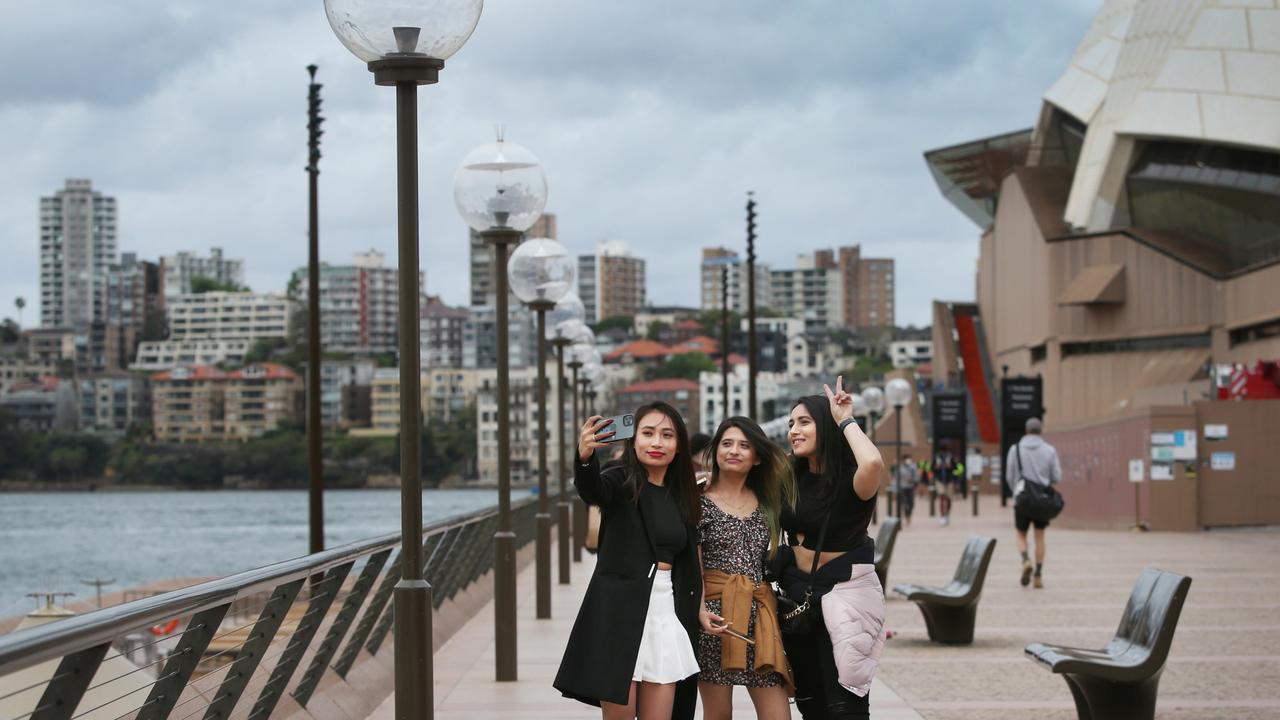Byron vaccination figure shows why NSW delayed re-opening regional travel
Many NSW residents were disappointed by the delay in restarting regional travel but one shock figure highlights why authorities made the decision.
Just 228 second doses are being administered every day in the Byron local government area — meaning it will take almost a month to get 70 per cent of the population fully vaccinated.
Data analyst Anthony Macali, founder of covidlive.com.au crunched the numbers for news.com.au and found an average of 228 second doses a day were being administered in the LGA to people aged over 15 years old.
NSW’s re-opening roadmap is based on vaccination rates for those aged 16 years and over, so forecasts may vary slightly but rough calculations show it could take until November 10 for 70 per cent of residents in the area to be fully vaccinated.
The area, which includes holiday hotspot Byron Bay and is home to around 35,000 people, won’t reach 80 per cent fully vaccinated until around November 22.
However, Mr Macali expects the proportion of second doses to increase in the coming weeks and that could see the area hit vaccination targets earlier.
Under a best-case scenario, if the number of second doses increased to 300 a day, this would see Byron hit 70 per cent vaccinated around November 3, and 80 per cent on November 12.
The local government area of Byron has one of the worst vaccination rates in NSW, with 75.7 per cent having had their first dose and just 47.1 per cent fully vaccinated.
It is second only to Edward River in the Riverina region, where just 62.7 per cent have had a first dose and 47.7 per cent have been fully vaccinated.
Local doctors say that vaccine supply is not an issue anymore with plenty of jabs available in Byron for the past month or so.

A quick search shows there are appointments available in the next few days for those wanting Pfizer.
Mullumbimby Medical Centre practice manager Cairon Weber told news.com.au they still had a lot of capacity for Saturday morning as they had opened up to 150 slots.
“People can come straight in,” he said.
Normally the clinic vaccinates about 60 to 80 people a day, five days a week.
“Early on when we got Pfizer we didn’t have the supply to keep up with demand but I think for the past month or even longer, it’s evened out,” he said.
The lagging vaccination rates in some parts of NSW is holding back the resumption of regional travel.
NSW Premier Dominic Perrottet announced regional travel would be pushed back two weeks to November 1, to allow vaccination rates in areas outside of Greater Sydney to catch up with those in the city.
Previously it was expected that travel would resume once the state reached 80 per cent of people fully vaccinated, a target it is expected to hit this weekend.
Nurse Simone Stroet, who oversees the Pfizer clinic at Bangalow Medical Centre said, she believes Byron will reach its vaccination targets despite a slow start.
She said people coming in for their second dose seemed to be less anxious than those coming in for a first dose.
“I think if you see everyone getting it (the vaccine) and everyone is still standing and is OK, this instils confidence,” she said.
“The more the stats go up, the more hesitant people think ‘we’ve got to get it done and live our life’.”

While there may anti-vaxxer sentiment in places like Mullumbimby and Byron Bay, Ms Stroet believes they are in the minority.
“We are getting to those milestones, we are just taking longer to get there” she said.
Her clinic is now vaccinating around 200 people a week and hopes to ramp this up to 300.
“I think we will get there and as a community at Bangalow Medical Centre, I can’t tell you how many resources we’re putting into vaccinations,” she said.
“It’s important not just because we live in our own community but also because there are a lot of vulnerable older people.
“It’s important that we do it for our immunocompromised people.”
Ms Stoet said the clinic’s main barrier to increasing vaccinations was not having enough staff.
Infectious diseases expert Professor Peter Collignon of Australian National University said the rates of vaccine hesitancy in Australia had actually surprised him because they were a lot less than he expected.
In the Australian Capital Territory about 98 per cent have received a first dose.
“I never thought we’d get above 95 per cent,” Prof Collignon said.
“I’m pleased, it’s going better than expected.”
While many may be disappointed that the resumption of regional travel has been pushed back, Mr Collignon noted that the November 1 date was more in line with the original expected date of re-opening, which was brought forward due to faster than expected vaccination rates.
“I think we are doing better than what we were expecting,” he said.

Prof Collignon believes Australia should be aiming for a 95 per cent vaccination rate, although some areas might not reach this level.
He said the key was to have targeted messaging in certain areas and towards particular groups, whether that be communities where English is a second language, religious groups, Indigenous communities or even appealing to countercultures.
“We’ve got to have local champions … people that locals identify with and trust pushing the message in local communities,” he said.
Prof Collignon said choosing a later date for re-opening regional travel was a “judgment call” but said the weather was getting warmer and this made it less likely for the virus to transmit.
“I think the higher (the vaccination rate) the better but you’ve got to be realistic and this is a judgment call,” he said.
“This virus is with us, it’s going to spread. I do think the original plan of re-opening at 70-80 per cent vaccinated is reasonable because we’re going into summer.”




